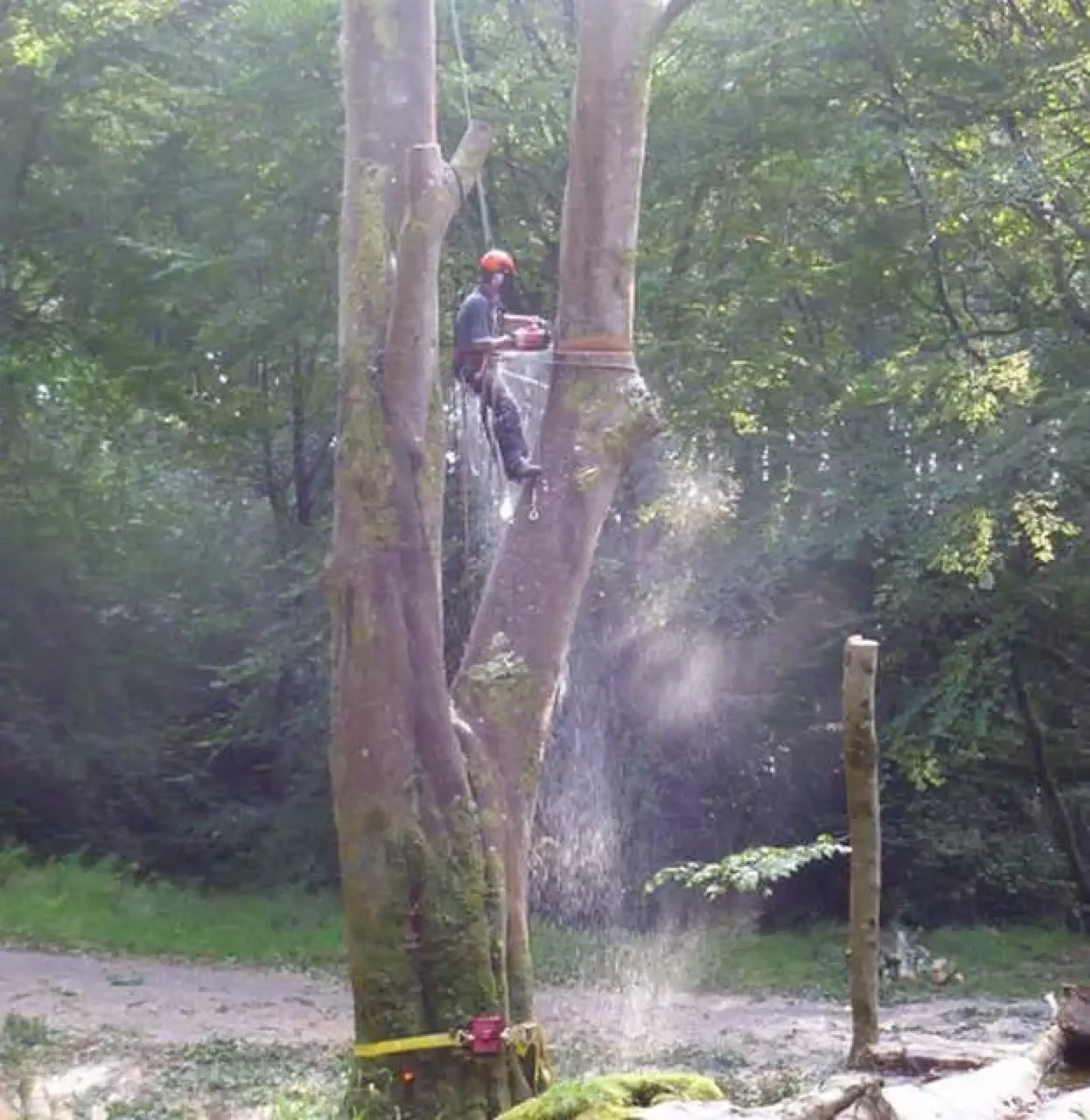
Removal Process
If the tree you want to be removed is of a considerable size, our tree surgeons may first have to climb the tree to remove large branches before felling the trunk. Both of these procedures carry a great risk of personal injury or property damage.
Therefore it is always necessary when having a tree removed that you hire a professional tree surgery company to carry out the tree services. Dedicated tree surgeons are highly trained specialists who understand the dangers of their work and know what measures to take to limit these dangers.
When should you remove a tree?
There are many reasons why someone may have to remove a tree from their garden or property:
Signs of Infection
This can include splits in the bark, crown dieback, discoloured or misshapen leaves, a softwood that easily crumbles or the presence of fungi.
Dead branches in the crown
These are known as "widow-makers" as they can fall at any time, making them a severe health risk.
It would be best if you had any tree with a large amount of dead material removed.
The tree isn't growing well
Compared to other trees, if one of yours is stunted, discoloured or has thin foliage cover, it may be worth having it removed.
Evidence of root defects
Heaving soil and fungi growing close to the trunk's base are signs that there may be something wrong with the tree's roots.
Compromised trunk
Large cracks, splits, and wounds are signs that there may be internal decay within the trunk.
While trees can remain standing for years while suffering from internal rot, it is only a matter of time before they come down.
Hollow trunk
If at least a third of the tree has rotted away and is hollow inside, you should have it removed.
The tree is leaning suddenly
Many trees can lean and still be safe. However, if your tree is suddenly leaning over to the side, it may be due to structural issues.
Sprouts at the tree base
These are epicormic shoots and indicate that the tree is under severe stress. It would be best if you had a professional tree surgeon assess these kinds of trees.
Power lines above the tree
Any tree growing into power lines is dangerous and should be removed by a fully qualified arborist or tree surgeon.
The tree is too close to a structure or building
Heavy branches hanging over roofs may need to be removed. Regular tree care and pruning are other options, but large trees should generally stand 20 feet away from any building.
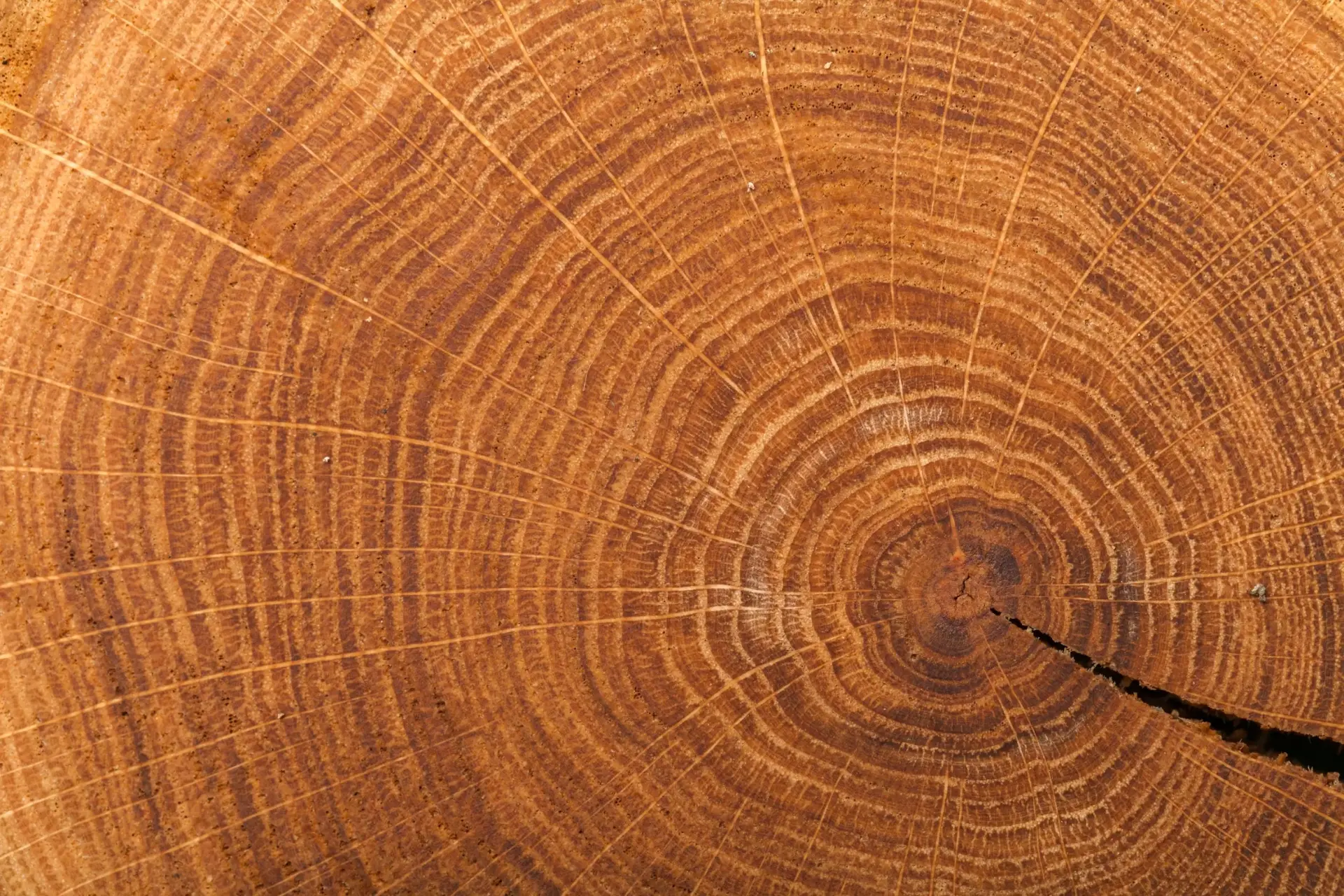
Do I need permission to cut down a tree on my property UK?
There are three types of tree that it is an offence to cut down if you do not have the correct permission:
Trees under a Tree Preservation Order (TPO)
Trees in a Conservation Area
Trees over five cubic metres in volume
If you choose to cut these types of trees down without the correct permission, you can face fines of up to £20,000, be prosecuted for felling without a license, and you will be served a notice to replace any of the protected trees you have destroyed.
Frequently asked questions about tree removal
Find out more about tree removal in Dundee, Forfar, Angus or Aberdeenshire from our frequently asked questions. If you require any further information, feel free to get in contact by giving us a call.
Trees that are too close to your house can pose a threat to your foundations or roof, and you should have a fully qualified arborist make an assessment.
While it is technically possible to remove a tree at any time of the year, it is generally best to undertake this work during the winter. Colder weather, snow and strong winds can all increase the risks inherent with rotting or hazardous trees, and removing them in winter is the best way to mitigate these risks.
Tree removal is necessary when a tree is dead, diseased, structurally unsound, or poses a safety hazard. Tree removal for storm damage is often required when branches or roots are damaged and risk falling. For projects like construction or landscaping, professional tree removal ensures safe and efficient results.
The tree removal cost estimator depends on the tree's size, condition, location, and accessibility. Services such as stump removal and grinding or dealing with hazardous trees can increase costs. Our affordable tree removal services ensure competitive pricing without compromising quality.
While small trees may be manageable for some, professional tree removal is recommended for safety, particularly for large or hazardous trees. Licensed tree removal companies have the expertise, equipment, and insurance to handle safe tree removal near me, reducing risks to people and property.
In some cases, permission is required to remove trees protected by local laws. Before proceeding with residential tree removal, consult local authorities to determine if a permit is needed. Our local tree removal experts can guide you through the process.
After tree cutting, the stump can be left in place or removed. Stump removal and grinding are popular options to eliminate tripping hazards and improve aesthetics. Our services include stump grinding for a clean finish after tree cutting and removal.
Tree removal can be dangerous without proper expertise. Risks include falling branches, damage to nearby structures, and personal injury. Hiring large tree removal specialists ensures safe tree removal near me, minimising hazards with professional techniques and equipment.
The time needed depends on the tree’s size, condition, and location. Small trees may take an hour or two, while large tree removal specialists may need a full day for complex projects. Emergency tree removal for storm-damaged trees may also require additional care.
Yes, removing hazardous or dying trees can prevent structural damage to buildings, fences, and utility lines. Tree removal for storm damage is crucial to protect against falling branches or uprooted trees during severe weather, ensuring the safety of your property.
Tree removal requires chainsaws, ropes, harnesses, wood chippers, and stump grinders. For large tree removal specialists, cranes and bucket trucks are often used. Our licensed tree removal company employs professional-grade equipment for safe and efficient results.
Yes, professional tree removal includes full cleanup services. We dispose of branches, logs, and leaves, ensuring your property is kept tidy. Commercial tree removal services may also include debris recycling for eco-friendly disposal.
find out more about our services
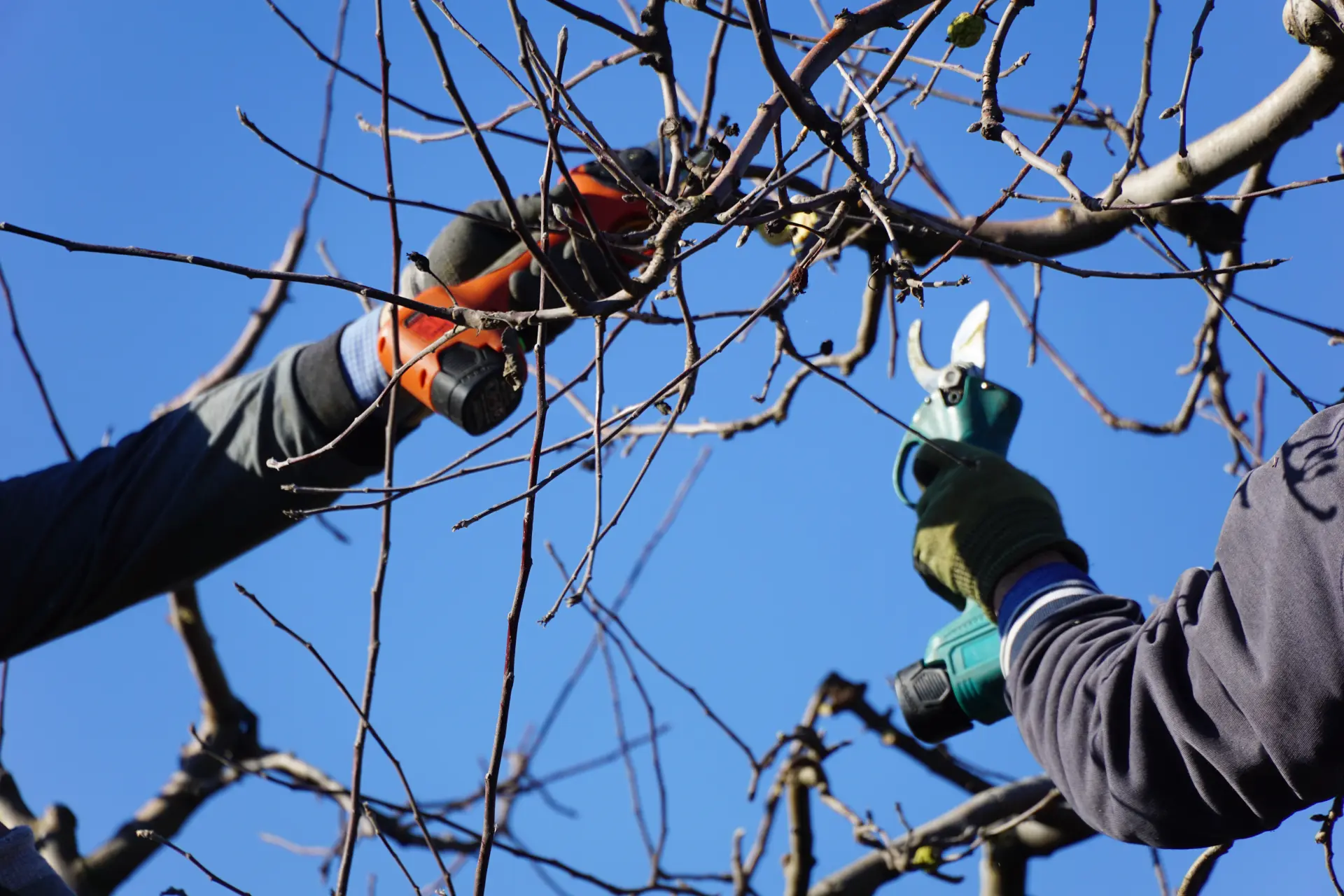
Tree Pruning Dundee
Regular tree pruning keeps your trees healthy, safe, and looking their best. Our skilled tree experts carefully remove weak or crowded branches, improving air flow and letting light reach every leaf. This helps prevent disease, reduces storm damage, and shapes your tree to suit your garden.
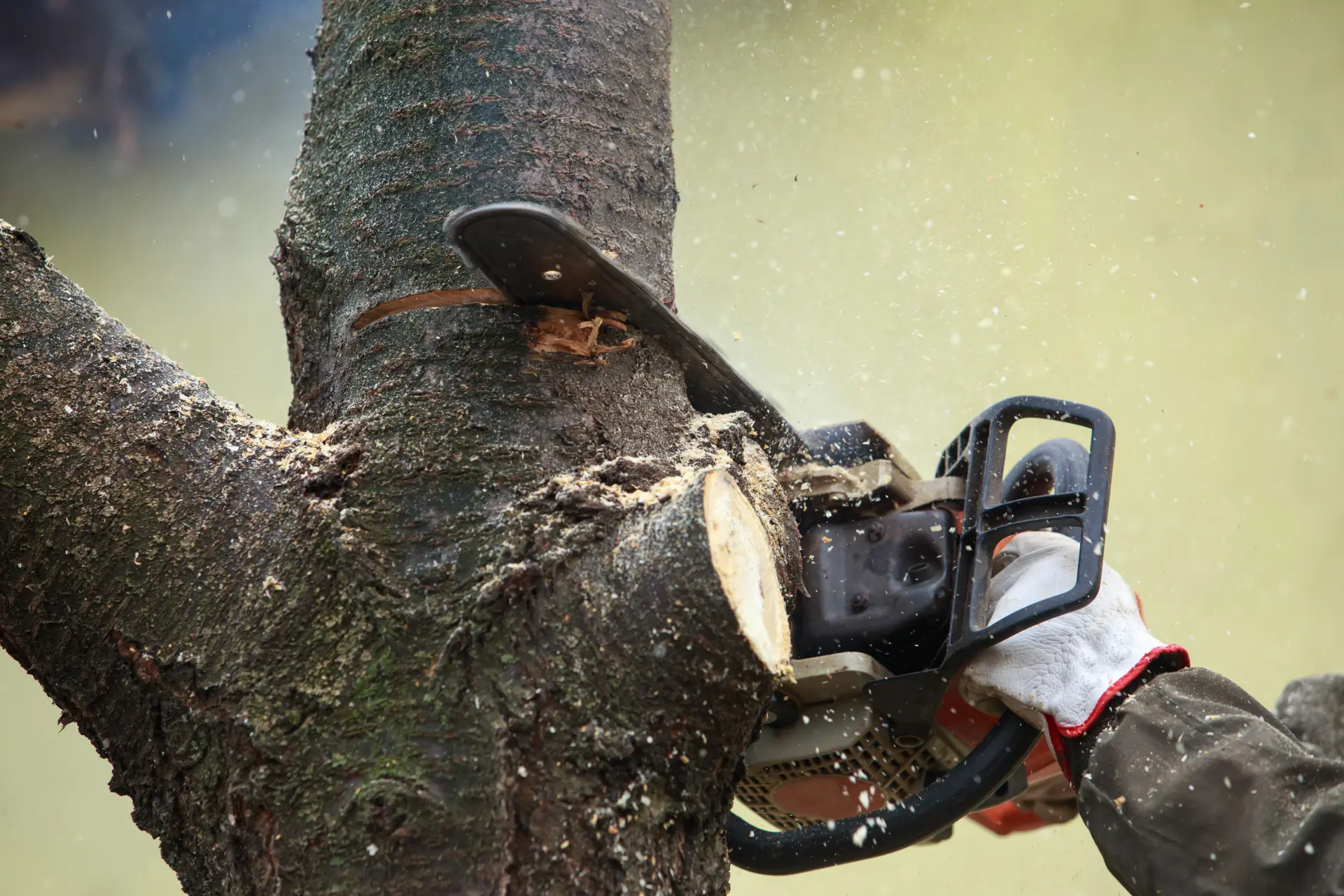
Tree Restoration Dundee
Older or storm-damaged trees can often recover with careful tree restoration. We assess structure, remove hazards, brace weak limbs, and boost new growth through targeted pruning and feeding. This service extends the tree’s life, restores its natural form, and protects nearby people, property, and wildlife.
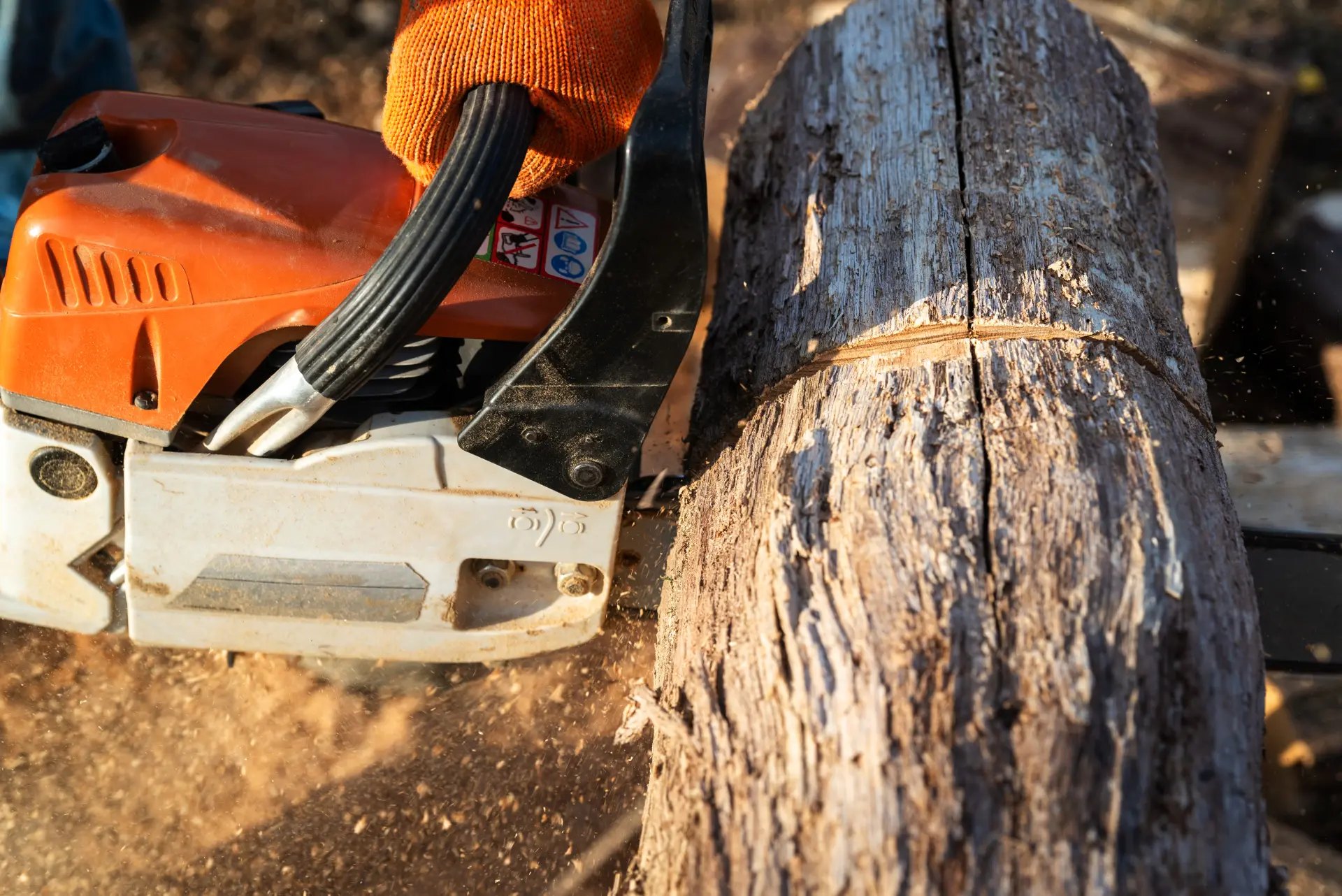
Tree Removal Dundee
Sometimes a tree must be removed for safety or building work. Our team plans each step, using modern equipment to lower sections gently and prevent damage. We clear all timber and grind the stump, leaving your site clean, level, and ready for planting or construction.
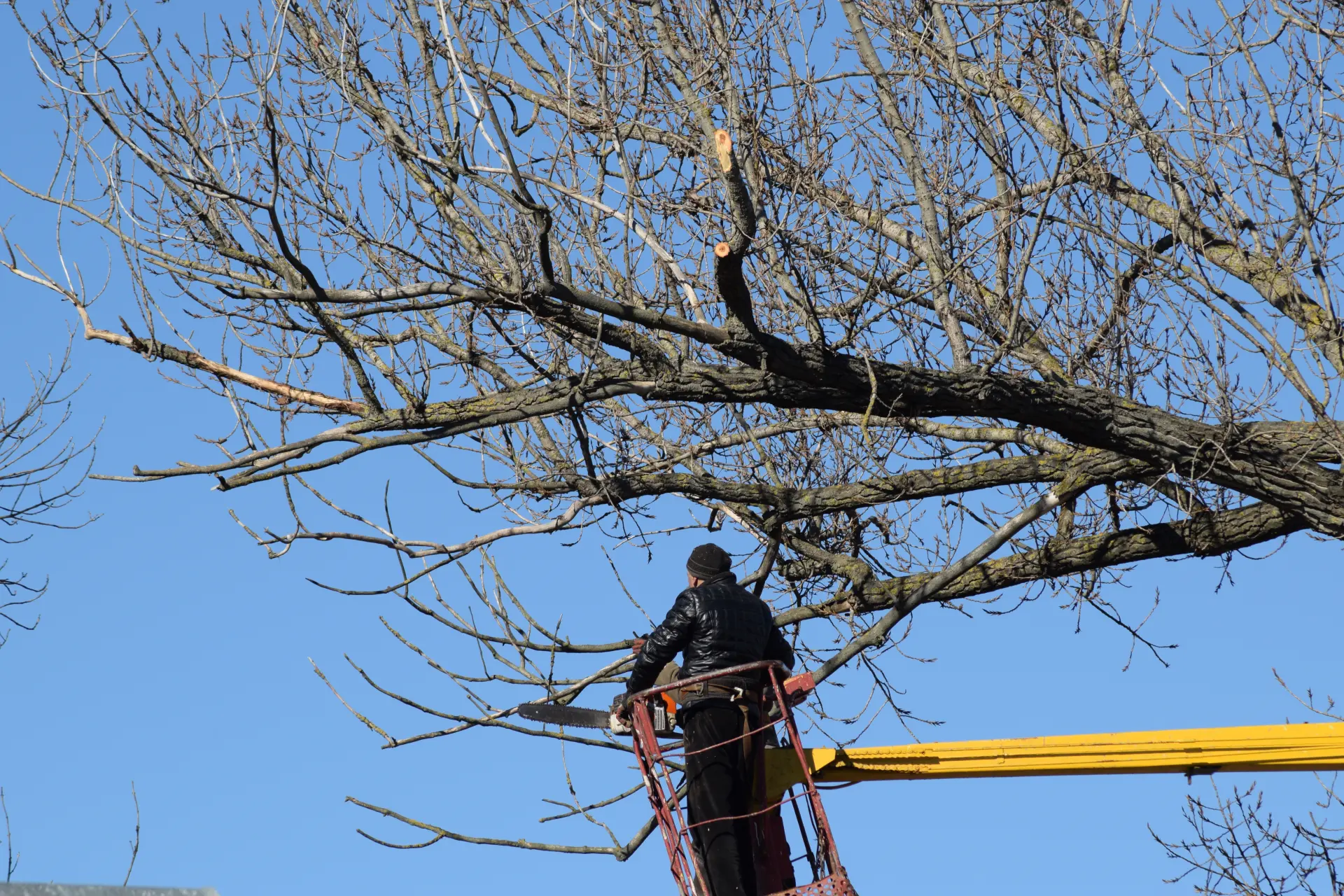
Tree Maintenance Dundee
A well-cared-for tree rewards you with shade, beauty, and value. Our tree maintenance plans include routine inspections, seasonal pruning, feeding, and pest checks. Regular care catches problems early, supports steady growth, and ensures each tree remains strong, healthy, and safe year after year.

